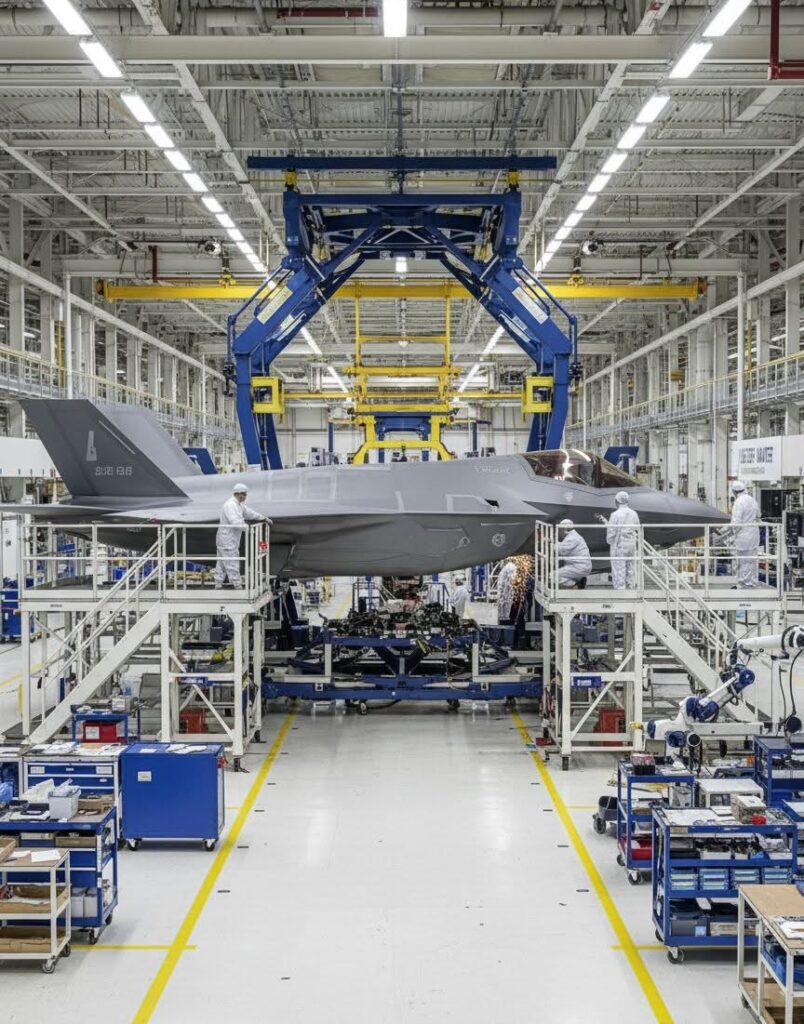
The F-35 Lightning II represents one of the most advanced fifth-generation multirole fighters in service today. Since its introduction, the aircraft has been a cornerstone of modern air forces, offering stealth, precision, and adaptability across a variety of missions. However, like any cutting-edge system, the F-35 has not remained static. Ongoing upgrades have transformed it into a continually evolving platform designed to outpace emerging threats and maintain dominance in the air.
At the heart of the F-35’s upgrades is the Block 4 modernization program. This initiative expands the aircraft’s capabilities by integrating new sensors, weapons, and electronic warfare systems. One of the major improvements includes enhanced radar technology, allowing pilots to detect and track targets at greater distances and with higher accuracy. The Block 4 software also supports a wider range of advanced munitions, enabling the F-35 to carry more versatile weapons suited for both air-to-air and air-to-ground operations. With these updates, the Lightning II is better equipped to counter adversaries deploying increasingly sophisticated aircraft and missile systems.
Another key advancement lies in the aircraft’s computing power. The F-35 now benefits from a new core processor that is 25 times more powerful than the original system. This increase allows the fighter to process data from its suite of sensors more efficiently, giving pilots clearer situational awareness and faster decision-making capabilities. In an age where information dominance can determine the outcome of combat, this upgrade represents a critical leap forward.
Beyond hardware and software, sustainment improvements are also central to the F-35’s ongoing modernization. One notable example is the shift from the older Autonomic Logistics Information System (ALIS) to the more efficient Operational Data Integrated Network (ODIN). ODIN is designed to streamline maintenance, enhance mission planning, and reduce downtime, making the fleet more reliable and cost-effective to operate. This transition reflects lessons learned from years of field experience and ensures that the F-35 can remain combat-ready with fewer delays.
Upgraded stealth features also play a role in keeping the aircraft relevant. Advances in coatings and design refinements help maintain its low observable profile against the latest radar systems. As adversaries improve their detection capabilities, maintaining stealth effectiveness is vital to ensuring the F-35 can penetrate contested environments and strike high-value targets without being tracked.
The global fleet is also seeing greater interoperability. Many of the upgrades are tailored to allow allied nations operating the F-35 to seamlessly integrate with U.S. and NATO systems. This strengthens collective defense by ensuring pilots from different countries can share data in real-time during joint missions. The aircraft’s ability to act as both a fighter and an intelligence node enhances the effectiveness of entire coalitions.
The F-35 Lightning II has proven itself to be more than a fighter; it is a continually evolving platform. With upgrades spanning software, weapons, stealth, and sustainment, the aircraft is positioned to remain at the forefront of aerial combat for decades to come. The combination of advanced technology and adaptability ensures that the F-35 will continue to be a decisive tool for air forces worldwide, ready to meet the challenges of tomorrow’s battlefields.


